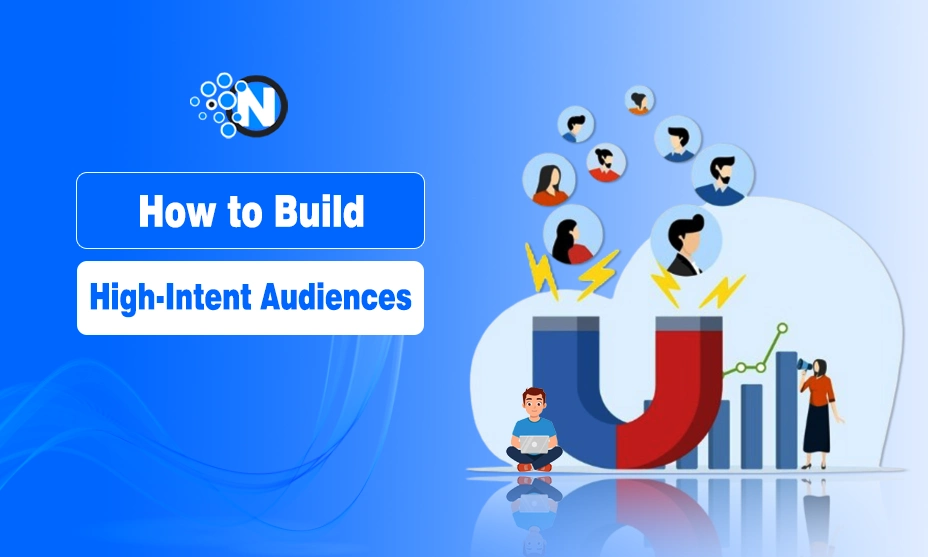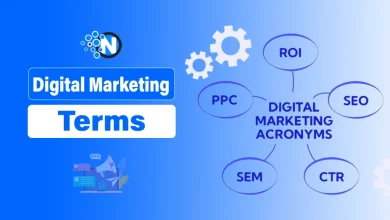How to Build High-Intent Audiences Without Tracking Pixels

The modern marketing age prioritizes privacy above all, making third-party pixels less desirable. Many brands have relied on tracking pixels for years to create customer audiences. Cookies and tracking scripts now provide less value, forcing businesses to find new methods for identifying and connecting with serious buyers.
The challenge? You still require accurate targeting, but cannot rely on tracking through browsers anymore.
In this blog post, I will explain how to build high intent audiences without tracking pixels and cookies.
Let’s start!
Creating High Intent Audiences Without Browser Tracking Tools
Modern consumers are more mindful of their care than they were before. They reject tracking, activate ad blockers, and increase privacy protections. This leaves brands operating without guidance, unsure if their marketing spending reaches intended customers.
Fortunately, superior approaches are available. You can tap into actual purchase behavior and real transactions to uncover who’s ready to buy.

Below are some ways to build high-intent audiences without tracking pixels:
1) Leverage Purchase Data Instead of Click Data
Clicks show interest, but purchases show intent. When you rely on clicks alone, you end up targeting window shoppers. Instead, use credit card transaction data to see who’s actually spending. For instance, someone who purchased expensive athletic clothing recently will probably respond better to fitness brand advertisements. Purchase information removes uncertainty and enhances campaign precision.
2) Ditch Pixels for Enriched Consumer Profiles
Pixels give you a glimpse of user behavior, but they’re limited. You don’t know who the user is or what they buy elsewhere. With enriched consumer profiles based on transaction history, you can target based on lifestyle and spending habits. For instance, some platforms let you identify users who spend regularly at beauty retailers so that you can match them with your skincare brand.
3) Use Data-Driven Segmentation
Instead of segmenting by website activity, use spending behavior. Transaction data helps you group audiences by actual interest, not just passive browsing. A shopper who buys premium pet food every month has stronger intent than someone who visited your homepage once. Segment by spend frequency, category, or value to get sharper targeting from the start.
4) Score Visitors Based on Purchase Likelihood
Not all traffic is equal. Without pixels, scoring helps you decide which visitors are worth retargeting. With strategic tactics, you can score traffic based on historical buying patterns. For example, someone who fits the profile of a frequent home goods shopper can be marked as high-priority. This way, you put ad spend behind likely buyers, not random visitors.
5) Match Anonymous Visitors to Real Buyer Profiles
Tracking pixels can’t identify who your visitors really are. However, credit card purchase data can connect anonymous traffic to verified buyer behavior. You may not know their name, but you’ll know they spend $200/month at athletic stores. That insight makes it easier to personalize offers. Instead of guessing, you’re working with real-world signals.
6) Optimize Media Spend With Smarter Targeting
If you’re guessing where to place ads, you’re wasting money. When you use real transaction data, you can target platforms where actual buyers spend time. For instance, if data shows health-conscious consumers use a particular fitness app, you can shift budget accordingly. Optimizing based on spend data, not guesswork, maximizes ROI.
7) Personalize Without Tracking
Tracking pixels try to personalize based on browsing behavior, but they’re noisy and unreliable. A user might browse shoes for someone else or compare prices. On the other hand, spending data shows intent clearly. A person who bought three pairs of sneakers in the last two months doesn’t need a pixel trail, they’re your ideal buyer. Use that pattern to personalize offers at scale.
8) Find Lookalike Audiences Based on Spending
Pixels build lookalikes from surface-level behaviors. But real buyers share deeper traits like purchase categories, frequency, and brand loyalty. Use spending data to build smarter lookalikes. For example, if your best customers regularly spend on home decor, find others with similar patterns. It’s like cloning your top customers but better!
9) Make Attribution Smarter, Not Harder
Brands often feel lost when it comes to attribution. Spending data, thankfully, gives you real feedback loops. You’ll know if someone saw your ad and then made a purchase elsewhere. Instead of relying on pixel-triggered events, you track outcomes across platforms. This gives a more complete picture of campaign success.
10) Future-Proof Your Audience Strategy
Browsers change. Privacy laws evolve. Pixels won’t last forever. By building your audience strategy around transaction data, you stay resilient. You’re not tied to cookie-based identifiers or ad platforms. Instead, you focus on what always matters: who buys, how often, and where. That clarity helps you adapt, even when the tech stack shifts again.
Summing Up
Building high-intent audiences no longer requires invasive tracking. By replacing pixels with credit card purchase data, brands gain sharper insights, stronger signals, and better results. You move from assumptions to certainty, from web behavior to real-world spending. That’s how you build audiences that convert. To do it right, you need the precision and power of platforms like GoAudience.




